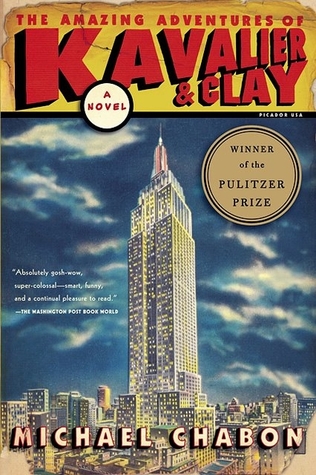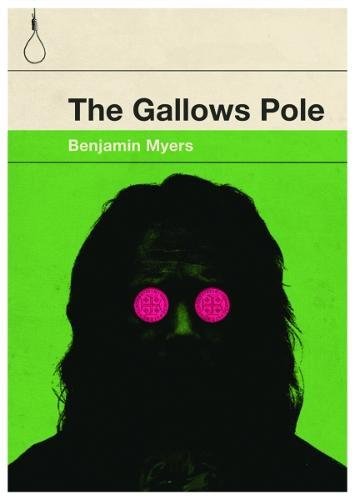Book nine was a real collection of power houses as I had a choice between:
‘The Amazing Adventures of Kavalier and Clay’ by Michael Chabon
‘Gravity’s Rainbow’ by Thomas Pynchon
‘Midnight’s Children’ by Salman Rushdie
Choosing to pick a book that legitimately sat in the closest thing I have to a TBR pile – a shelf – I decided to take my first ever trip into the writing of Michael Chabon.
Goodreads summary: Joe Kavalier, a young Jewish artist who has also been trained in the art of Houdini-esque escape, has just smuggled himself out of Nazi-invaded Prague and landed in New York City. His Brooklyn cousin Sammy Clay is looking for a partner to create heroes, stories, and art for the latest novelty to hit America – the comic book. Drawing on their own fears and dreams, Kavalier and Clay create the Escapist, the Monitor, and Luna Moth, inspired by the beautiful Rosa Saks, who will become linked by powerful ties to both men. With exhilarating style and grace, Michael Chabon tells an unforgettable story about American romance and possibility.
Every few years, I try to ignite in myself a passion for comic books, with varying degrees of success. Having watched the animated television shows as a child and following various other hobbies that are occasionally simpatico with an interest in superheroes (computer games, wrestling, et al), it seems like it should only be a matter of time before I genuinely fall in love with the comic book world. But alas, it is not yet to be. In ‘…Kavalier and Clay’, however, the romantic, nature of the Golden age of comic books, and the escapism the narratives allow, serves as a brilliant backdrop to a story that often feels as much about the American Dream as it is people in lycra costumes.
Joe Kavalier and Sammy Clay are cousins and thrown together within the opening pages as Kavalier flees the oppressive Nazi regime threatening Prague, ending up in New York. Almost immediately, the sense of closeness and familial love, even between two teenagers who have not yet spent a day in each other’s company is established. From this, Chabon is able to spin a wide-reaching yarn that never fully escapes the crux of the life lead by the two men, whilst usually focusing particularly on their lives together. Thankfully, both characters engage from the start: Kavalier’s links to magic and Eastern Europe giving an exoticism to his presentation, whilst Clay’s problems concerning issues such as sexuality are hinted at to begin with before coming to a head as the narrative progresses.
It is the vulnerability of each man’s situation that helps to carry the reader through several hundred pages of their stories. Kavalier’s escape from Prague speaks to the often somewhat fantastical tone of some of the set pieces, relating effectively to his love for Houdini and interest in magic, before his desire to use art as a weapon for a marginalised voice sees him go to work with Clay in the comic book industry. Clay’s confusion about his sexuality during a time when people were less accepting of relationships that were outside of the norm also engenders a sense of sympathy for the character. Even as the two men make great leaps and bounds in creating comics, most notably the Escapist, they continue to be up against the ropes as we see the machinations of industry often clash with their desires for artistry and money.
It is Kavalier who is the most interesting protagonist; primarily because his arc twists, turns, expands and contracts in ways that Clay’s never really does. From waiting to support his family in their escape from Prague, to ending up (loosely) involved in combat during the Second World War, Kavalier’s journey is one of restless fury about the situation that led him to America. Whilst Kavalier does in many ways embody ideas surrounding the American Dream, ending up with money, a home and a wife in Rosa Saks, that never is presented as quite enough for the character. It also leads to some of the sadder moments in the narrative, moments that Chabon metes out every so often and which elicit legitimate emotion.
As you might expect of a book that is of this size, to do the novel justice in so few words is hard. However, what sticks with me is that sense of reality – admittedly helped by reference to genuine places and people – that Chabon creates throughout. The devil is in the detail and it is the little sepia tinged moments that come together to create an engaging sense of the world at large during and post war, as well as the rise and fall of the Golden Age of comics. An absolute triumph and well worth a read.




